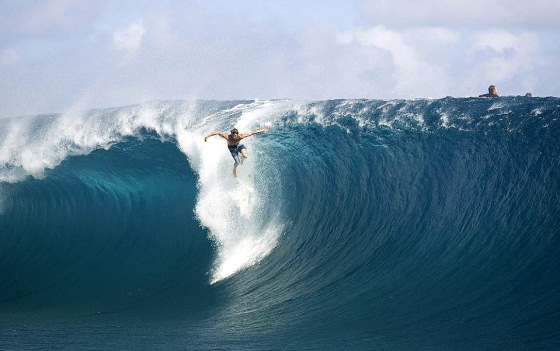The European Association of Surfing Doctors (EASD) will be holding its first annual conference on Surfing Medicine in Sagres, Portugal, between 8-10th June 2012.
Surf doctors share a passion for surfing-related medical disorders and will discuss them with other doctors and medical students.
Different disciplines, ranging from dermatologists to expedition medics and from ophthalmologists to emergency physicians, will be part of the conference.
20 million surfers worldwide are exposed to a variety of health problems related to either surfing or surfing locations.
To remain stoked in surfing, surfers should be aware of potential health hazards and how to prevent and deal with them.
Accidental hypothermia and near-drowning after serious wipe-outs, shoulder problems, surfer's eye and UV protection, psychology for big wave surfing sessions, tropical infectious diseases, and water quality are some of the most common health issues affecting the surfing community.
Recent studies prove that long-term recreational surfing may cause specific adaptations that benefit participants by maintaining or improving their neuromuscular function, which would ultimately lead to improved quality of life.
Also, men are better at popping up on their surfboards than their female counterparts. Men have more explosive upper body strength compared to women.
Therefore, surfing women should train for both maximum and explosive upper body strength in addition to their time spent surfing.
Learn more about the most common surf-related diseases.
